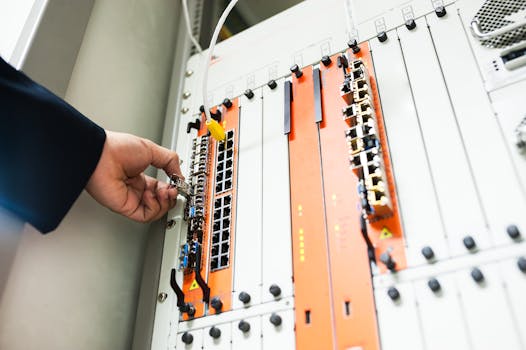Bridging the Digital Divide: How African Fiber Companies are Transforming Connectivity

Bridging the Digital Divide: How African Fiber Companies are Transforming Connectivity
Bridging the Digital Divide: How African Fiber Companies are Transforming Connectivity. The digital divide in Africa has been a longstanding issue, with many communities lacking access to reliable and affordable internet connectivity. However, in recent years, African fiber companies have been working tirelessly to bridge this gap, providing high-speed internet connectivity to underserved communities and transforming the continent’s digital landscape.
One of the main challenges facing African countries is the lack of infrastructure, which has hindered the rollout of fiber optic networks. However, companies such as Liquid Telecom, MTN, and Vodacom have been investing heavily in the development of fiber optic networks, which have enabled the provision of high-speed internet connectivity to many communities. These companies have also been working with governments and other stakeholders to develop policies and regulations that support the growth of the fiber optic industry.
The Impact of Fiber Optic Networks on African Communities
The impact of fiber optic networks on African communities has been significant. With access to high-speed internet connectivity, communities have been able to access a range of online services, including education, healthcare, and financial services. This has enabled them to improve their socio-economic status and participate fully in the digital economy. For example, in Rwanda, the government has established a number of telecenters, which provide access to computers and internet connectivity, enabling citizens to access online services and improve their digital skills.
In addition, fiber optic networks have also enabled the growth of e-commerce in Africa. With access to high-speed internet connectivity, businesses have been able to reach new markets and customers, increasing their revenue and competitiveness. This has also created new opportunities for entrepreneurs and small businesses, which have been able to access new markets and customers through online platforms.
Challenges Facing African Fiber Companies
Despite the progress made by African fiber companies, there are still a number of challenges facing the industry. One of the main challenges is the high cost of deploying fiber optic networks, particularly in rural areas. This has made it difficult for companies to rollout fiber optic networks to all parts of the continent. Additionally, the lack of infrastructure, such as roads and electricity, has also hindered the deployment of fiber optic networks.
Another challenge facing African fiber companies is the competition from mobile network operators. Mobile network operators have been rolling out 4G and 5G networks, which have provided high-speed internet connectivity to many communities. This has made it difficult for fiber optic companies to compete, particularly in urban areas where mobile network coverage is widespread.
The Future of Fiber Optic Networks in Africa
Despite the challenges facing the industry, the future of fiber optic networks in Africa looks bright. The demand for high-speed internet connectivity is increasing, driven by the growth of e-commerce, online education, and other digital services. This has created new opportunities for fiber optic companies, which are investing heavily in the development of new networks and technologies.
In addition, governments and other stakeholders are also supporting the growth of the fiber optic industry. For example, the African Union has established a number of initiatives aimed at promoting the development of fiber optic networks, including the African Broadband Infrastructure Development Project. This project aims to promote the development of fiber optic networks across the continent, with the goal of providing high-speed internet connectivity to all African citizens by 2030.